The term “sandbox” has become a bit of an overused buzzword over the past few years, with many games using it to attract attention. It’s a difficult concept to define due to its abstraction, so I’m going to take you on a journey through gaming history to help you understand the evolution of sandbox games, and the advantages and disadvantages they offer to a game designer.
Minecraft: A Good Modern Example
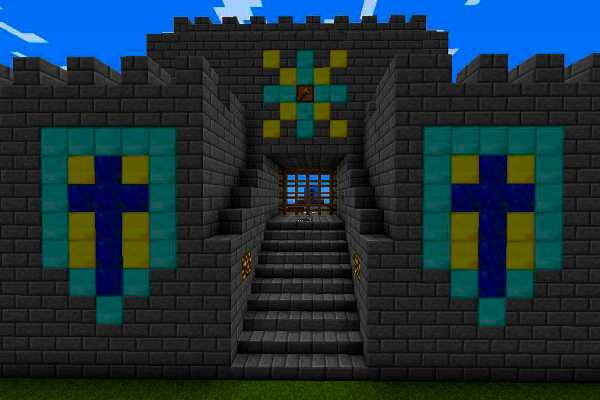
A picture of a castle made by a player, Luís Prado, in Minecraft
Minecraft is a great example of a popular modern sandbox game. It’s sold 8 million copies, yet its community is still growing. The game allows you to construct buildings in a randomly generated world made of cubes. You can gather resources, craft, explore and combat strange creatures to survive in the world – but mostly, you are free to do anything you want. The goals come from your imagination; there is no ultimate objective. (At least, none that you must aim for.)
And yet, although it’s a great example of a sandbox game, Minecraft does not offer a perfect definition of the term. I’m not even sure whether there can be a true definition of “sandbox” because the concept is huge. There are many games in the market that use sandbox mechanisms, and they are quite different from each other.
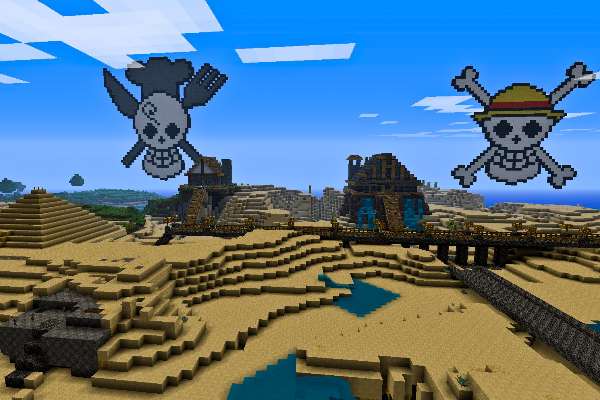
A town in the desert created by a group of players in a multiplayer Minecraft server.
Let’s start by imagining a real-world sandbox. Magically, a child appears inside that sandbox. Now he or she is free to do whatever they want – but there is only sand in the box and without any tools the child will get bored of playing with the sand rather quickly. At this point there is nothing else to do other than to leave and play something else. Without proper tools, the sandbox is no fun.
Imagination Is a Problem

It’s essential to have the right tools to create a joyful box of sand.
The same rule applies to virtual sandbox games as to real sandboxes: if the developer doesn’t give the right tools to the player, the player will get bored pretty easily.
Game designers have to think about a way to make people like and spend time playing their games. If you add some tools – a bucket and a shovel – to the sandbox and guide the child in his first steps, he will be able to achieve something magnificent. With the right tools he will build a sculpture of a lion blowing water out of his mouth while wearing a three-point hat. Can you imagine it?
Imagination is the second problem for a game designer. The limits of imagination won’t allow some players to fully explore the world the game designer created – but on the other hand, the game designer can’t allow the player to imagine everything he wants and apply it to the game. This means the designer must create some boundaries and rules. And there will always be rules in any kind of game, even in sandbox games.
Let’s put aside the box full of sand for a while. Ever played a pen and paper role playing game (P&P RPG)? You gather a group of friends around a table, and create an adventure for them to live through. One player is the storyteller, and the rest create their own characters that will fit an imaginary world. The difficult part in the process is finding a good group of players. There are many online games that allow people to play together in the comfort of their homes, but no other game is like a tabletop role playing game, because there you are truly free to do anything.
Tabletop Games: The Source of It All
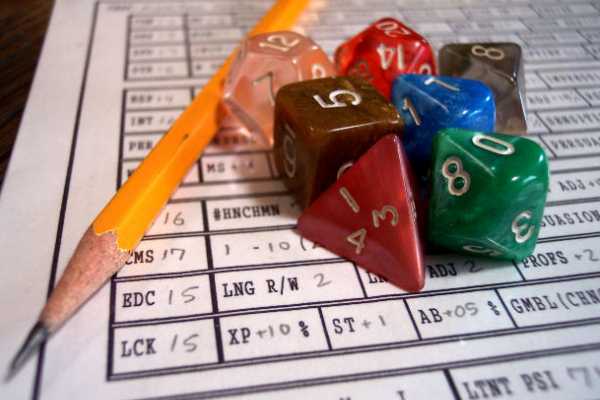
A character sheet and a set of dice ready to play a Role Playing Game.
I’ve found that the only way to make people try an RPG without any 3D graphics or cut scenes is to sell them on this idea of total freedom. After gathering my P&P RPG group I could start creating stories, but as I told you before, there is always a set of rules. Total freedom, yes, but within the game’s boundaries. I had to read a 300 page book to learn all the rules of a fantasy world I was going to keep alive for some months.
For some days we, as a group, created true tales of heroes. Stories that were out of this world, stories that we couldn’t tell in a linear game. We had our little big sandbox where we could try out everything we wanted, and as the storyteller I could change some settings and create a whole new environment to change the dynamic of the game.
I won’t tell you the stories or the amount of fun we have playing P&P RPG. If you are a developer that didn’t try to play such kind of game I encourage you to try it out. You will find a lot of ideas to apply to your own games; no-one has yet made a game offering the same freedom as our tabletop sessions, but sandbox game designers keep getting closer and closer.
From Elite to Freelancer
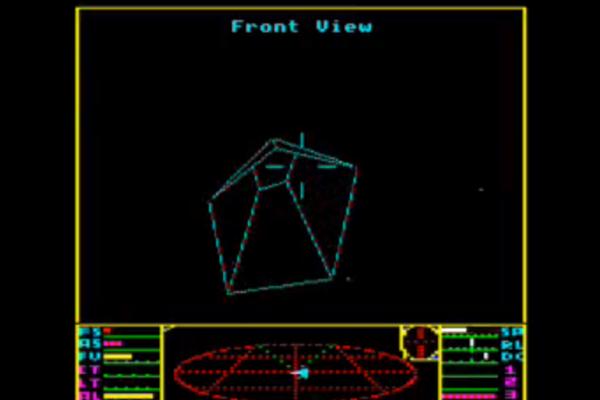
Elite was released in 1983 with its superb wireframe graphics – very advanced for the time!
Dungeons & Dragons was the first commercial P&P RPG, released as a tabletop game in 1974. The ideas around this theme started to flow and coders were keen to apply them to computer games. In 1983, Elite – an open world space trading video game based on a tabletop RPG called Traveller – was published. It was a huge success due to how the player had the possibility to make decisions making him feel free. The typical labyrinthine maps were nowhere to be seen, and you could fly across systems completing quests. And Elite had another peculiarity: as well as the quests, you had a market where you could “buy here, sell there” to make a profit and buy new parts for your spaceship.
One year later, The Seven Cities of Gold was released, ushering in a new genre where players could trade, explore, fight and go on adventures under the role of a Spanish Empire explorer. There were a lot of successors; games like Wing Commander and Freelancer made their way to the top, but the greatest innovation here was in the creation of multiplayer gaming and the evolution of 2D graphics to 3D graphics. Of course, every year it was also possible to save a lot more data on hard drives than before, making the lives of developers a lot easier when creating larger worlds and interactions, which was something they had been trying to do since the beginning.
SimCity and GTA
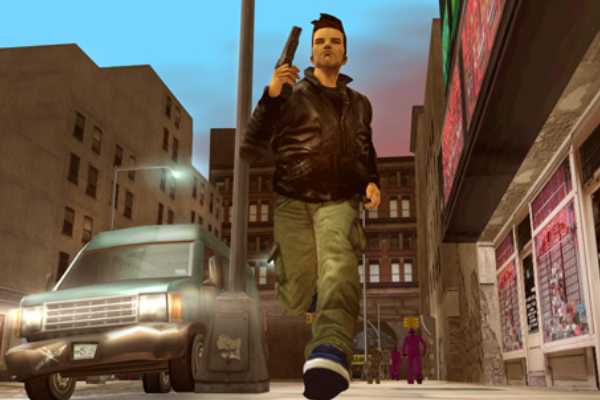
The GTA series of games sit at the frontier of the open world and sandbox genres.
Some years later the city-building games gained popularity. Utopia was released in 1982 but the free city building genre only started to get famous when SimCity hit the market in 1989. SimCity is another perfect example of a sandbox game, and yet it is totally different from the games I mentioned above: as mayor, you were given the tools to build a city in the way you want.
The year after that, Railroad Tycoon was released; like SimCity, it gave players objectives to complete within an economic simulation, but this time the player was tasked with running a railroad business rather than a city. Railroad Tycoon brought something new to the world of gaming: the “Sandbox Mode”. You were given infinite resources to create anything you’d like with infinite resources (but always within the game’s boundaries, of course). Remember the child I spoke of earlier? Imagine that child with a lot of tools, a big imagination, and now infinite resources, building cities, roads, places…
The release of The Sims, at the turn of the century, was another milestone in the evolution of sandbox gaming. Again, it is quite different from any other game I spoke about, and changed the way we look at the sandbox concept: you built the house (and the life) of a single person or family. The Grand Theft Auto series marked another important change. You can call GTA an open world sandbox game, but there is a massive difference between The Sims and GTA – and yet both fit in the genre, as they allow players to create and interact with the world.
Be a Witch in Salem
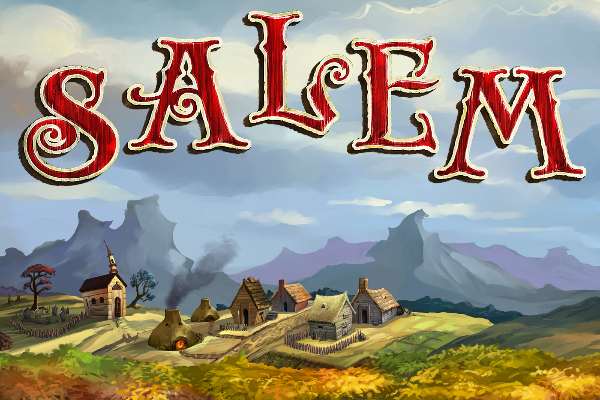
Salem is a new sandbox world. It’s in beta for now.
The games industry is always expanding and game developers are trying their best to give players new experiences, grabbing ideas from the past, applying them in the present, to improve the future. That’s why I want to talk about online sandbox games.
With the advent of massively-multiplayer online games, companies like Sea Tribe explored the sandbox concept, applying it to online gaming. They envisioned giant worlds where each person could have their own place to live, maintaining it through diplomacy (or fighting). Sea Tribe’s game Heaven & Hearth is a free to explore world where people play together constructing anywhere they’d like. It’s a mutable world that players change every day.
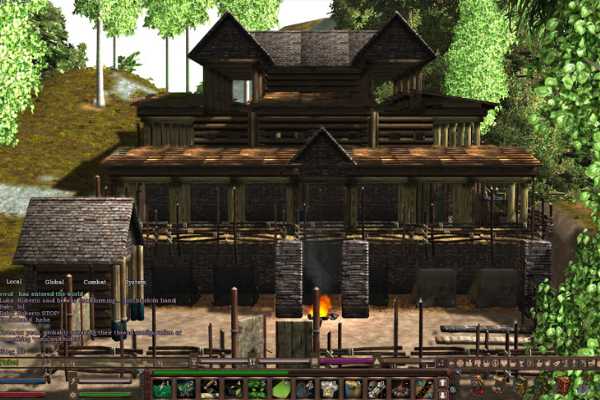
A house built by players in Xsyon shows what’s possible to achieve in terms of architecture.
Sea Tribe is working on their new title Salem. Like Heaven & Hearth, Salem is a 3D world in a 17th century setting. You play as a colonist but you can take your ways into witchcraft. Salem and its witches… Sea Tribe is not the only company preparing to launch a sandbox game to the market. Games like The Repopulation by Above and Beyond Technologies and Xsyon by Notorious Games explore the same model each one with their different settings and capabilities.
These games are based around crafting, as a player needs to craft to be build things. Developers had to find a solution to make the game playable and enjoyable. As in any other MMORPG a player needs to level up to gain new skills. In these sandbox games you will earn points when crafting materials – instead of killing every monster you see to finish a quest – in order to get new items to build. Those items will help you to develop your village, town, or even city. It’s hard to manage a city on your own; that’s why the multiplayer aspect is a very important (and fun) part of these games.
Eve: Freedom and Fear
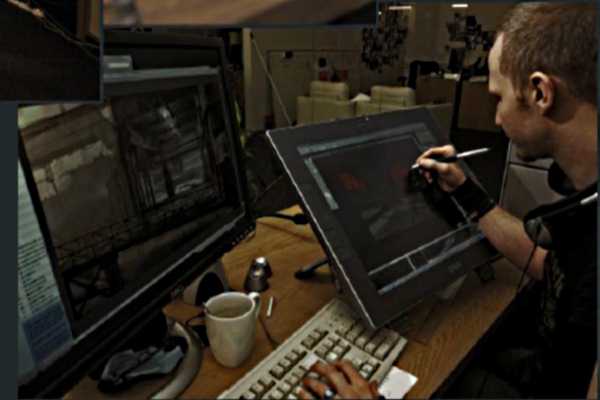
An artwork artist creating new content for the sandbox world of Eve Online.
Another feature is the constant fear of player vs. player battles. This is something you see in Eve Online, which for my money is the best sandbox game out there at the moment. The MMO games I’ve pointed out are in alpha and beta versions, but Eve has been out and stable for a while now.
Eve’s player vs. player combat exists in every corner of space. You won’t find it only in dog-fighting; it exists between corporations, in the economy, during transportation… The creators of Eve Online tried their best to create a world where you can be anything from a simple miner to a great leader of a gigantic corporation. The whole game is shaped by players’ actions, crafting, and capacity to change the market and control it. That’s pretty much what I look for in a sandbox game: the capacity to build a place of your own and manipulate everything you can to fit you perfectly.
Open World vs. Sandbox
A final note about the concepts of “open world” and “sandbox” games: they are very similar, and I’ve used the words almost interchangeably in this article. However, I do think it’s useful to try to separate them; here’s my take on that:
While open world games let you visit every single place and explore every little piece of artwork, a sandbox game lets you actually help to build and manage the world around you.
Many see the GTA series or Assassin’s Creed games as belonging to the sandbox genre. I can’t totally disagree with that, but I feel they’re better described as open world games. You can change and interact with stuff in the world of GTA, but you’re not helping to build it. And that’s a huge difference from games like Salem, The Repopulation, Minecraft and Xsyon. For me, those are the real sandbox games, where you have a set of tools and you can modify the world you live in. But that’s just part of the evolution I guess.
It’s hard to understand what a true sandbox game is, and what it will be in the future, but it looks like the industry has taken a leap in another direction and that will happen again some day soon. The concept may change, but for now I accept it as it is and I’m betting it will take a while until someone figures out a way to recreate it. But the past will always be connected to the future, that’s for sure.